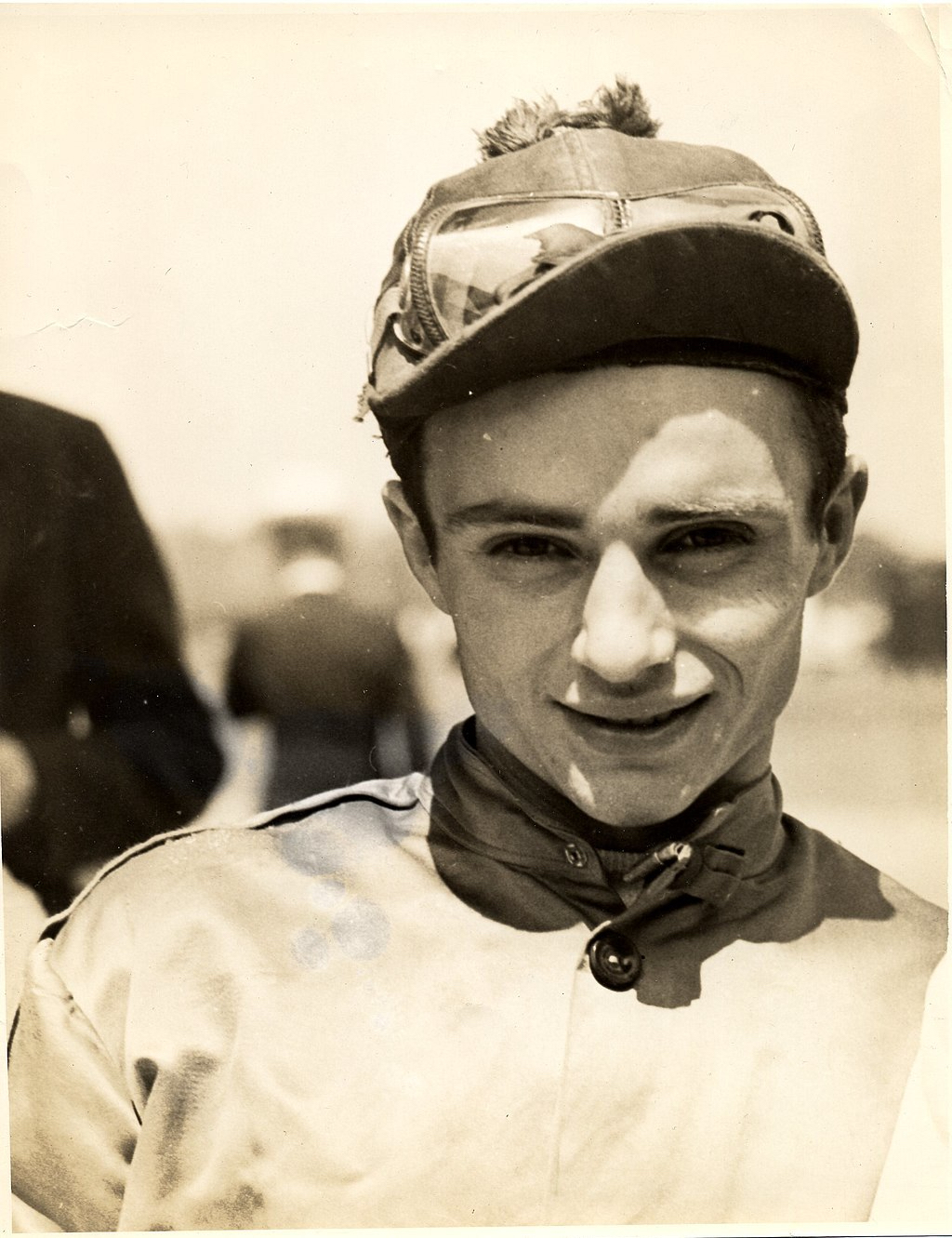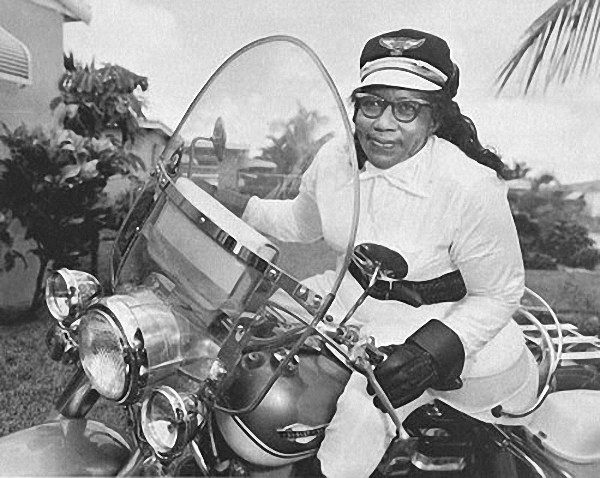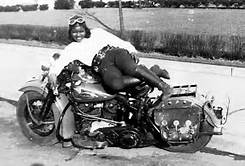Leon Trotsky said, “Old age is the most unexpected of all things that happen to a [person].” In Arles, France, Jeanne Calment shocked the world by raising the bar on being a super centenarian, someone over 110 years old. Like the Energizer bunny, she kept going, and going, and going, breaking the previous record of 116 years old. When she died at age 122 years, 164 days, her life had spanned four generations, and she had lived through 20 French presidencies. She was dubbed la doyenne de l’humanité (the oldest person in the world), and she holds the Guinness world record as the “Oldest person ever (female),” beating the record of the “Oldest person ever (male)” by six years.
When Calment was born in 1875, the life expectancy in France was 45 years old. There was a history of relative longevity in Calment’s family. Her parents, a boat builder and housewife, were both 37 years old when she, the youngest of four children, was born. One older brother survived. Even though the two other siblings died young, her father and brother were both in their 90s when they died.
Calment’s childhood followed societal norms. Girls went to school until age 16 and then got married. Being a strong-willed tomboy, she started bucking the system early on. Her Catholic girls’ school education included math, science, sewing, and she took private piano lessons. But that was not enough to captivate her. Calment’s love of the outdoors and being active necessitated that her father or the maid take her to school to make sure she arrived. For her, playing outside was the priority over studying.
While Calment was waiting to get married, she developed her artistic abilities by learning oil painting. Her favorite subject was flowers, especially the roses, sunflowers, tulips, and iris she saw outside. A five-paneled folding screen with Calment’s colorful floral decoration was displayed in the living room. Family parties included lots of music and dancing, which Calment participated in whole-heartedly. She dressed up and went to at least one big ball during her teenage years and danced the waltz and quadrille.
At age 21, Calment married her twice second cousin, Fernand Nicolas Calment, who was seven years older. On their fathers’ sides, their grandparents were brothers, and on their mothers’ sides, their grandmothers were sisters. Since she and her husband had known each other their whole lives and shared a last name, the transition into marriage was easy for her.
LIVING HER BEST LIFE The Calments lived in an apartment over Fernand’s family’s dry goods store. They spent their first year of marriage traveling and enjoying themselves until they welcomed a baby girl, Yvonne, who was born at home with the assistance of a midwife. Calment wasn’t needed to work in the store, which suited her just fine. She eschewed the typical activities that filled the days of most women. Fernand did not impose expectations on his wife to live up to the traditional image. He allowed her much more leeway to express herself than her father had. Calment started smoking after she was married and maintained the habit of one cigarette after a meal until she stopped cold turkey at 117 years old. Even while raising a daughter, she pursued the sports she loved: walking, playing tennis, hiking, cycling, swimming, roller skating, and ice skating. She often wore culottes instead of dresses to facilitate being an athlete. She learned to hunt from her husband, and together they would take their spaniel Lucky out to shoot partridge, wild boar, and rabbits. Calment became a leader of their hunting society and was nicknamed “Madame Partridge” by the other hunters. She never hesitated to try something new, and she wasn’t afraid of anything. This became a point of contention with her husband. He criticized her for pushing her limits and not having enough fear, but he never went so far as to insist that she stop any of her activities.
Mr. and Mrs. Calment were also patrons of the arts. They attended formal dances and went to the opera in Marseilles. Calment dressed to the nines, wearing a most fashionable beaver or fox stole with the head and the tail. They gave Yvonne piano lessons, and mother and daughter frequently played duets together.
DEALING WITH GRIEF AND LOSS Yvonne married Colonel Joseph Billot, and they had a son, Frédéric. In 1934, tragedy struck the family when Yvonne was 36 years old. She died of complications related to tuberculosis, leaving eight-year-old Frédéric to be raised by his father. Calment stepped into the role of mother and became especially close to her grandson. Eight years later, tragedy struck again. Fernand died from eating some cherries that were laced with chemicals while visiting friends. At 67 Calment was a widow. With such devastating loss, Calment’s son-in-law and grandson remained close. When Frédéric became an otolaryngologist (a doctor specializing in ear, nose and throat medicine), he opened his office in Calment’s home. When Frédéric got married, Joseph Billot moved into Calment’s house. The companionship was good for both of them. For twenty years, life was good until tragedy stuck again in 1963. In January, Joseph succumbed to a long illness, leaving Calment with only one living relative. Then in August, while Calment was still grieving the loss of her son-in-law, Frédéric died in a car accident. Since Frédéric had no children, that was the end of the family line. Instead of passing the baton to a younger generation, Calment was the one responsible for the family legacy.
At 88 years old, Calment was still living alone in an apartment and following her daily routine. Even in her late 90s, she frequently walked or cycled to visit Frédéric’s grave. At 110 years old, her eyesight failing, Calment tried to heat the apartment by using a candle to unfreeze the boiler, which started a small fire. At that point, she consented to moving into a home, the Maison du Lac.
KEEPING ON KEEPING ON Instead of slowing down, Calment maintained her active lifestyle. She got up every morning at 6:45. A practicing Catholic, she started (and ended) each day with prayers, followed by stretching exercises. She even had exercises for her hands because “a distinguished woman must have beautiful hands.”1 For inspiration, she listened to classical music on her Walkman. She continued to enjoy her indulgences: vanilla ice cream, lots of chocolate, two cigarettes a day, wine in moderation, and a glass of port in the evening. Calment took pride in her looks although she didn’t wear make-up. She moisturized her skin with olive oil followed by a bit of powder, and wore Coty perfume. In an interview with Paris Match, she bragged that her breasts were still as firm as “two little apples.”2 She attended Mass regularly and Vespers on Friday. When it became too difficult for her to visit Frédéric’s grave on her own, she took a taxi.
As she aged, Calment retained her zest for life, even as her body started to fail her. She bounced back quickly after she fractured her leg in a fall at 110 years old, and was still quite mobile when she moved to Maison du Lac. However, she became increasingly deaf, and a case of conjunctivitis when she was younger developed into bilateral cataracts, leaving her almost blind. She refused to have surgery to fix the condition. She suffered from a weak heart, a chronic cough, and painful episodes of rheumatism. She was prone to falling, perhaps because of her failing eyesight, and when she was 115 years old, she suffered a broken hip and elbow. From then on Calment was confined to a wheelchair, spending much of her time looking out the window of her room.
There was a lot of curiosity about Calment’s longevity. Three men, working in conjunction with INSERM, the French National Institute of Health and Medical Research, set out to validate her age and understand her lifestyle through interviews and research. Dr. Victor Lèbre was the head physician at Maison du Lac, Dr. Michel Allard was a gerontologist, and Jean-Marie Robine was a researcher. When they started interviewing their subject, she was 115 years old and in good spirits. She made jokes and easily recollected details of her life. On her 118th birthday, her validators noted that Calment’s tone had changed. She had become more immobile and she admitted that life had become less interesting. She maintained her belief in God and focused her prayers on asking for help, guidance, and forgiveness. She didn’t believe in heaven, but she was not afraid of dying. On her 119th birthday, Calment acknowledged that she had had a wonderful life but there was no longer anything for her to look forward to. “I’m taking one day at a time,” she said. “I can’t think of the future, I don’t have one any more.” And, with her characteristic wit, she quipped, “I wait for death…and journalists.”1
THE CELEBRATION OF A LIFETIME As fate would have it, Calment would have to wait a few more years. For Calment’s 120th birthday, February 21, 1995, there was a huge celebration, and she rose to the occasion. She had become an international celebrity as the oldest living person, and journalists from TV stations all around the world broadcast the festivities. In preparation, Calment got a new dress, and she got her hair and nails done. The foyer of the Maison du Lac was set up to accommodate guests, and Calment was seated on a platform with a rope around it to keep people from crowding her. Dr. Victor Lèbre shouted questions and described the goings on into her ear. There were speeches, and local school groups, bands, and choirs entertained. A procession of local postal workers delivered the 16,000 birthday cards she received from more than 100 countries. And, of course, there was a huge cake with 120 candles on it. Late in the afternoon, the French health minister, who had flown in from Paris for the occasion, stopped by to pay homage and present her with a silver brooch. For all of the joie de vivre on display, it was a long and exhausting day for Calment.
Perhaps all of the attention gave Calment a second wind. When she was 121 years old she recorded an album called Mistress of Time. On it, a young child asks Calment questions and she answers over the peppy background of traditional Farandole dance music. “I waited 110 years to be famous,” Calment noted. “I mean to make the most of it.”3
THE INEVITABLE ENDING Calment knew that death was imminent, and she wanted to control her legacy. She destroyed all of her personal papers and photos. Since she had no one to pass them on to, she didn’t want strangers to have access to and misrepresent her image.
The world lost many famous people in 1997, including Princess Diana and Mother Teresa. But Jeanne Calment was the only one who had been born in the previous century. On Monday morning August 4, Calment slipped from this life. For all of the attention she garnered during her life, only a few people attended the hasty burial two days later in the family plot at the Trinquetaille Cemetery in Arles.
DEBATING THE PROS AND CONS Calment’s record as the world’s oldest person remained unchallenged until 2018 when her longevity was called into question. Nikolay Zak, a Russian mathematician, was on a mission to prove that there was a case of switched identities, and that it was Calment who died in 1934 and Yvonne who died in 1997. His belief in a great deception was based on the premise that Calment’s family claimed that Yvonne recovered from tuberculosis but had passed it to Calment. He proposed that Calment had left town and Yvonne used her mother’s signature to sign some documents. What was meant to be a temporary convenience got out of hand, and the subterfuge was perpetuated. Furthermore, Zak asserted that the Calment family insisted that it was Yvonne who had died in order to protect their personal interests and avoid paying exorbitant inheritance taxes. To support his theory, Zak relied on several assertions. He cited perceived inconsistencies in Calment’s features in photographs, omissions and errors in Calment’s recollection of her childhood, changes in Calment’s handwriting, and the improbable odds that anyone could live so long. He insisted that the reason that “Calment” burned all her personal papers was to destroy implicating evidence, and that the hasty burial was to avoid an autopsy.
Zak published a poorly written, non-peer reviewed paper that garnered lots of attention and offered the enticement of a scandal. However, no one believed his theory, and in the end, his claims did not hold up against the due diligence of the three validators. They traced Calment’s ancestry back seven generations looking for genetic clues to her long life. They sourced the birth, baptism, marriage, and death certificates of all the members of Calment’s family, and census records. But perhaps the most supportive evidence that Jeanne Calment lived to be 122 years old in the city where she grew up is that her fellow citizens of Arles knew their friend and neighbor, and no one could convince them that the person they knew was not who she claimed to be.
QUESTION: Do you want to live to be 100 years old? Why? What do you think life will be life when you’re 100?
© 2021 Debbie Foulkes All Rights Reserved
Sources:
1Allard, Michel, Lèbre, Victor, Robine, Jean-Marie, Jeanne Calment: from Van Gogh’s time to ours, 122 extraordinary years. New York: W.H. Freeman, 1998.
2Collins, Lauren, “Was Jeanne Calment The Oldest Person Who Ever Lived-Or A Fraud?” New Yorker.com, February 10, 2020. https://www.newyorker.com/magazine/2020/02/17/was-jeanne-calment-the-oldest-person-who-ever-lived-or-a-fraud
“Oldest person ever (female)” guinessworldrecords.com https://www.guinnessworldrecords.com/world-records/oldest-person-(female)
3Hoad, Phil, ” ‘People are caught up in magical thinking’: was the oldest woman in the world a fraud?” The Guardian, November 30, 2019. https://www.theguardian.com/science/2019/nov/30/oldest-woman-in-the-world-magical-thinking
Chen, Angela, “How We Know The Oldest Person Who Ever Lived Wasn’t Faking Her Age.” The Verge, January 9, 2019. https://www.theverge.com/2019/1/9/18174435/oldest-person-alive-woman-age-jeanne-calment-controversy-longevity-mortality-statistics
Nikolay, Zak, “Evidence that Jeanne Calment Died in 1934-Not 1997.” Pub Med.gov, February 22, 2019. https://pubmed.ncbi.nlm.nih.gov/3069635
Wang, Jane-Ling, UC Davis.edu. https://anson.ucdavis.edu/~wang/calment.html
https://www.brainyquote.com/authors/leon-trotsky-quotes
https://www.youtube.com/watch?v=3Xh0KqhgNvw&t=125s
Photo Credits:
Paris Match
Guinessworldrecords.com. https://www.guinnessworldrecords.com/world-records/oldest-person-(female)




 employer, left Jamaica for Boston. Shortly after arriving in America, Stringfield’s mom
employer, left Jamaica for Boston. Shortly after arriving in America, Stringfield’s mom on the rear fender. She did encounter racism, but it didn’t stop her from going anywhere. One time at Stone Mountain in Georgia she was confronted by the Ku Klux Klan (KKK). The only way to avoid them was to jump on her bike and escape faster than they could chase her. She was afraid, but afterward she felt invincible. Her bike was like wings carrying her to safety.
on the rear fender. She did encounter racism, but it didn’t stop her from going anywhere. One time at Stone Mountain in Georgia she was confronted by the Ku Klux Klan (KKK). The only way to avoid them was to jump on her bike and escape faster than they could chase her. She was afraid, but afterward she felt invincible. Her bike was like wings carrying her to safety.
